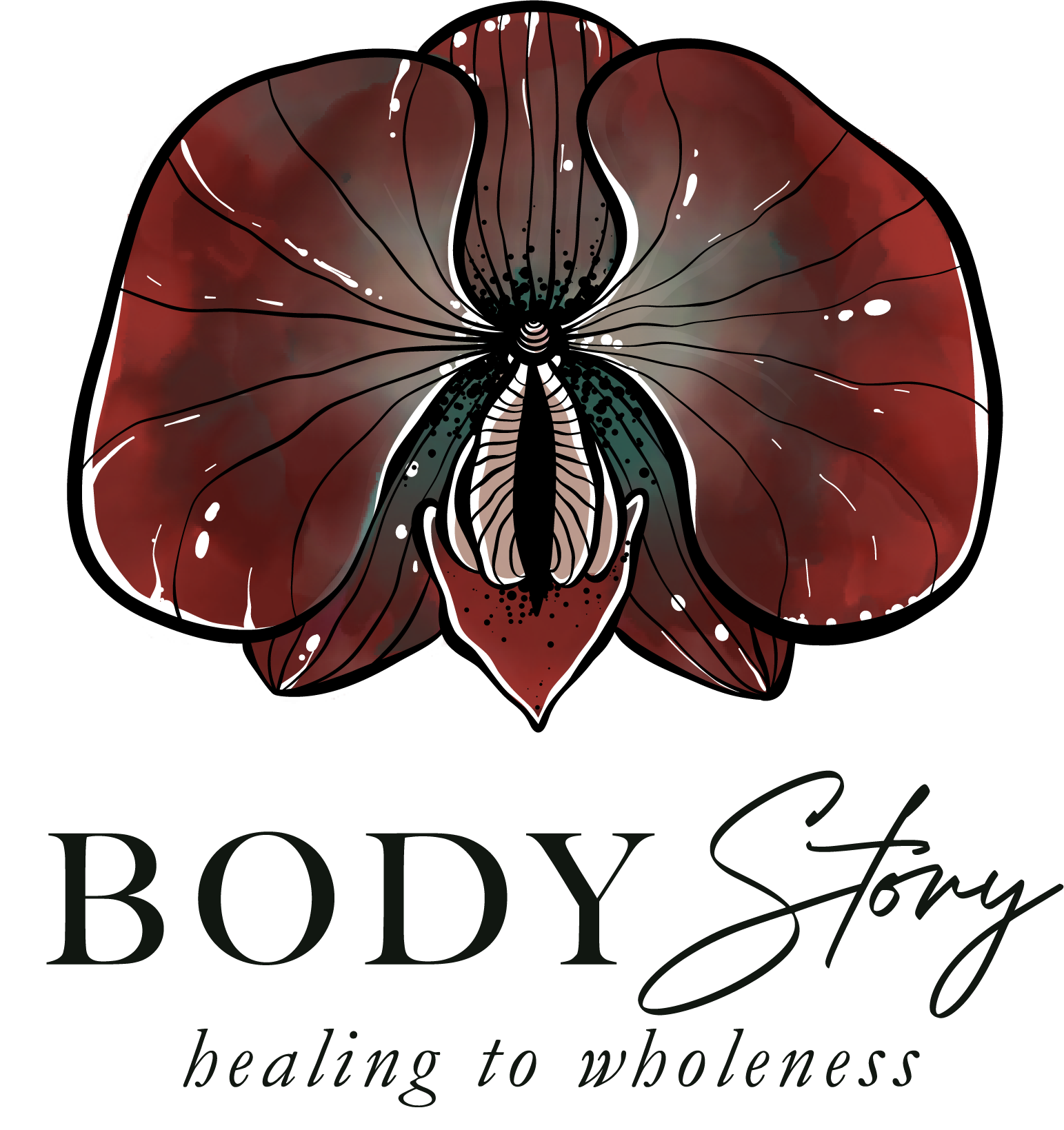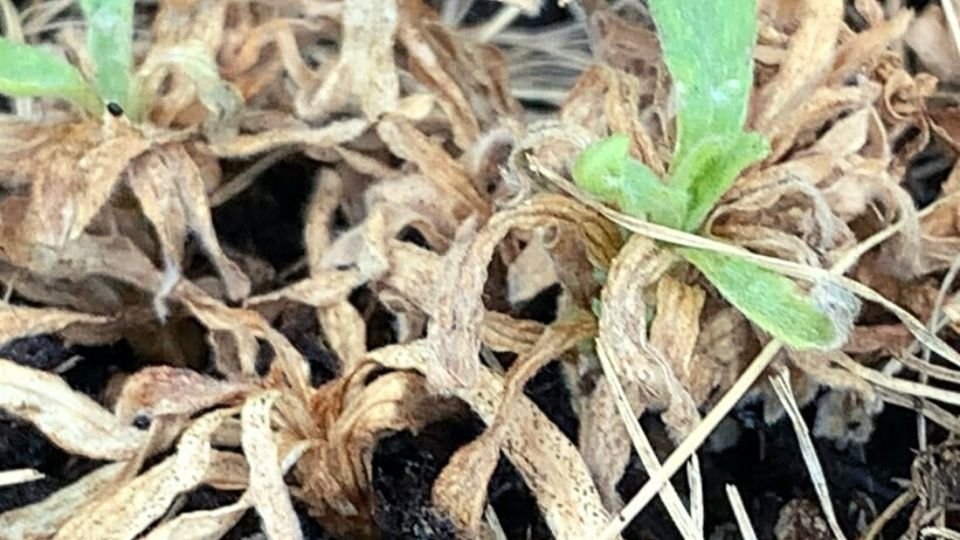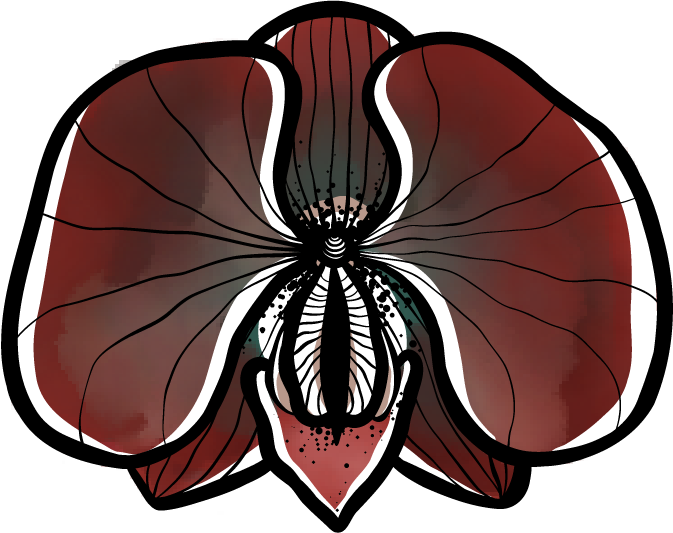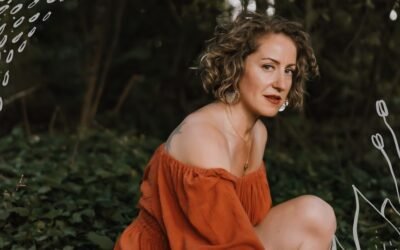Twenty-three years ago I stood in front of a terrifying and wondrous thing — a painting made by Dr. Jack Kevorkian. The famed, “Dr. Death” who guided 130 people through a process of assisted suicide in the 1980s and 90s, was a constant figure in my Michigan adolescence, yet I had never imagined that he was a creator as well as a destroyer.
A friend had the painting in her house. We had only stopped in to grab a sweater, but then I saw the image — a man hanging off the edge of a precipice by his bloody fingertips. The hole below him was deep, dark, unknown. The look on his face was terror. We stood in front of it and talked for an hour.
As we gathered in the closeness that comes when the living talk about dying, my friend told me a story: A yogi had found himself in a car accident. Rather than resist death, he surrendered to it. Entering into a state of bliss very much unlike the subject in Dr. Kevorkian’s painting, his body responded without tension, managing the bumps and bangs like he was made of rubber. Ironically, or perhaps not, he lived to share this teaching.
Our Collective Mourning
At the time I saw the painting, I thought of death as something that happens when our bodies take their last breaths. But I have now come to know it as a part of living — its daily offerings as inescapable as the final end.
Any mother will tell you that something in her died as she gave birth. Any child who has ever watched a parent die will say that something grew inside her after that point. Any person who has ever lost anything that served as a foundation for identity — a job, a relationship, a breast — will seem somehow different after its departure, as if there was now space behind their eyes.
What is happening to us right now — first a virus snaking its way across the globe, followed by streets filled with serpentine masses howling in holy rage — is Death in her finest gown.
We are falling into a pit that is deep and very, very dark. We have no map, no promise of when it will end, if it will end. And all of us are falling, including me. I am not alone in my flailing for solid ground, but this is not the first time I have been thrown to my death. Having come through the other side several times, I can say from experience that a free fall can have a certain ease to it with the right perspective.
Conquering the Fear of Death
It is important to understand this about life: Death is inevitable. Fear of death is nearly inevitable (it is said that even the most practiced yogis have difficulty escaping it). But fear of fear is learned, and therefore can be managed.
Much of the fear of death is actually fear of the unknown. But the unknown isn’t so bad when we get to know it. She is a stern aunt who smells sour, but whom we must invite for tea every so often. We try to impress her with our clever ideas, but in the presence of her penetrating stare, all that we were once certain of seems foolish. She spills her teacup all over our carefully written plans and sits in silence as the ink disappears beneath the chamomile. Though we don’t always like it, we are always humbled by and grateful for her visit.
As practice for when it really counts (like now), I make regular dates with the unknown. Daily at dawn, I sit in stillness to study her voice. By learning her voice, I know when she is telling me when it is time to look down, step here, jump there, and when, by no means, should I question what’s below but go down anyway. I have, at times, acted courageously even when I have doubted. But there have been times when I have desperately scraped at the rocks with my fingernails as I fall. I bow to both of these experiences as wise teachers.
Advice for the Daily Dying
The cycles of creation and destruction are equally powerful forces that have always existed, will always exist. When we are in a time of birth, we expand. When we are in a time of death, as we are now in, we die. Whether it is the virus that takes our breath or the exposure of our skin color to the light, none of us will be spared. A few of us will die gracefully. More of us will scratch and claw at the inevitable end. There is no right way to go out just as there is no right way to come in; there is only your path and how you walk it.
But as we gain speed in this descent, I offer a bit of advice that may serve you: This dance between life and death gives us permission to celebrate as much as it gives us permission to mourn righteously. Right now is the time to let go of the tight knit over your heart and let your fluff spill out. Cry so hard you can barely breathe so that you can laugh so loud it hurts your ears. Go somewhere safe and let your body scream all the pain out and then hold your children very, very close when they do the same. Make friends with this time, learn its voice, and allow it to guide you inward where all your wisdom is playing hide-and-seek.
Stay in this place and do the work it asks of you. You will know this phase is done when you feel grateful to see that the trees you planted are now withered sticks. Say kind words, but don’t linger near the compost pile too long.
Death gives us a beautifully wrapped box filled with broken glass. If we sort through it carefully, we find one perfect diamond inside. The gem has no external value but its worthlessness it what makes it extraordinary. Before you reach solid ground, may you appreciate the facets in the darkness as much as you do in the light.





